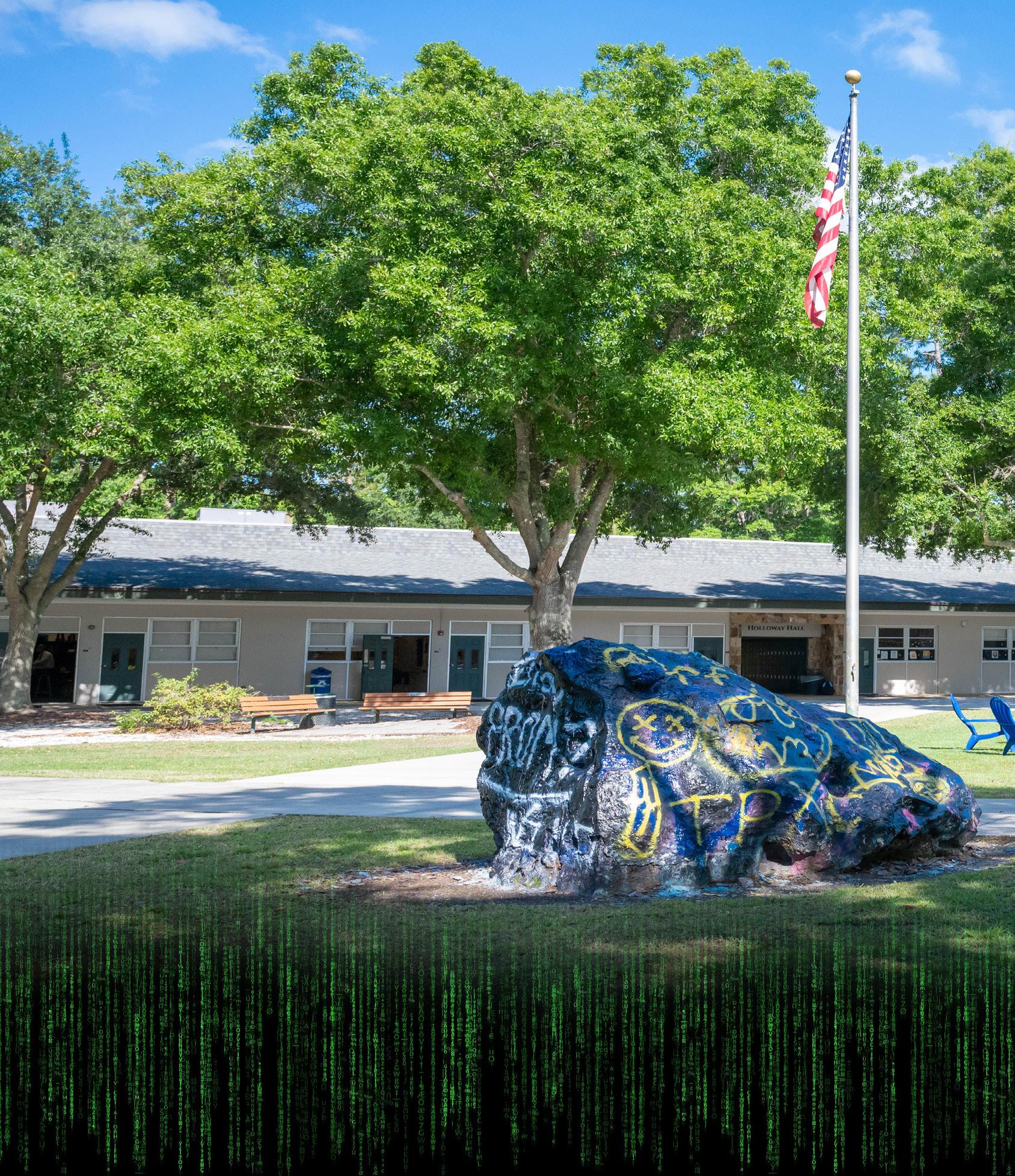6
News
May 2O21
A DIMMER FUTURE Article by Andrew Bachrach Graphic by Emma Kim
up in arms over sweeping changes proposed to the program, including removing the Florida For the past two years, nearly 75% of each Lottery as its main source of funding. While Trinity graduating class qualified for the Bright the bill has largely been scaled back over the Futures Scholarship program, one of the most past few weeks, Senate Bill 86 passed the Florintegral pathways students in Florida have to ida Senate by a vote of 22-18, without a single attend college. For over 20 years, Bright Fu- Democrat in support. With Bright Futures tures has utilized funding from the Florida now thrust into the spotlight, it is incredLottery to provide high-achieving high school ibly important to understand exactly what Bright Futures does and why politicians in Tallahassee want to change the status quo. In 1997, the Florida legislature created Approximately 75% of Trinity Prep the Florida Bright Futures Scholarship seniors have qualified for Bright program to curb Futures since 2O18 the “brain drain,” a phenomenon where highly talented and educated students leave for cheaper or more prestigious options elsewhere. According to GoBankingRates, a personal finance research tool, Florida is still ranked as the 47th best place for a college graduate to start their life due to the state’s increased real estate prices and low wages.
students with the opportunity to attend a Florida public college tuition-free. However, in early March, students, parents and teachers across the state of Florida were
The latter covers 100% of college tuition if students achieve a 1330 on the SAT or a 29 on the ACT, coupled with a minimum weighted GPA of 3.5 and 100 community service hours throughout high school. In 2019, 111,973 students received Bright Futures scholarships, costing the state $618.6 million, according to the Florida Department of Education. “Our students are able to go to university tuition-free to fabulous schools,” college counselor Christine Grover said. “Some people even move to Florida to have that opportunity for their children.” Social science teacher Robin Grenz said that Bright Futures can often be a lifesaver for low-income families. “I’ve seen students in my career where the only way they were going to go through college was to get Bright Futures because their families couldn’t afford elsewhere,” Grenz said. “It’s their saving grace.” Although the Bright Futures program has remained largely unchanged since its inception, a new bill passed by the Florida Senate aims to make sweeping changes and cuts to the scholarship. In its original form, SB-86 would have required the state to create a list of college majors that would lead to employment soon after graduation. Full-tuition scholarships would have only gone to students majoring in those areas. The Orlando Sentinel further detailed in March that the bill would have also reduced funding for students who earned college credits in high school through AP courses, IB courses and dual-enrollment. Although these proposals were removed after intense backlash, the bill still maintains that its goal was and If it passes, there’s the potenis to “assist students tial that students studying at and families in makuniversity will choose careers ing better-informed decisions about edufor money instead of passion. cational options and - Christine Grover, College Counselor future employment opportunities.” However, many disagree. Bright Futures aimed to fix that by award“Our society as a whole needs people that ing two levels of scholarships: Florida Medal- can think, collaborate, write and innovate,” lion Scholars and Florida Academic Scholars. Grenz said. “Often, that doesn’t necessarily



















